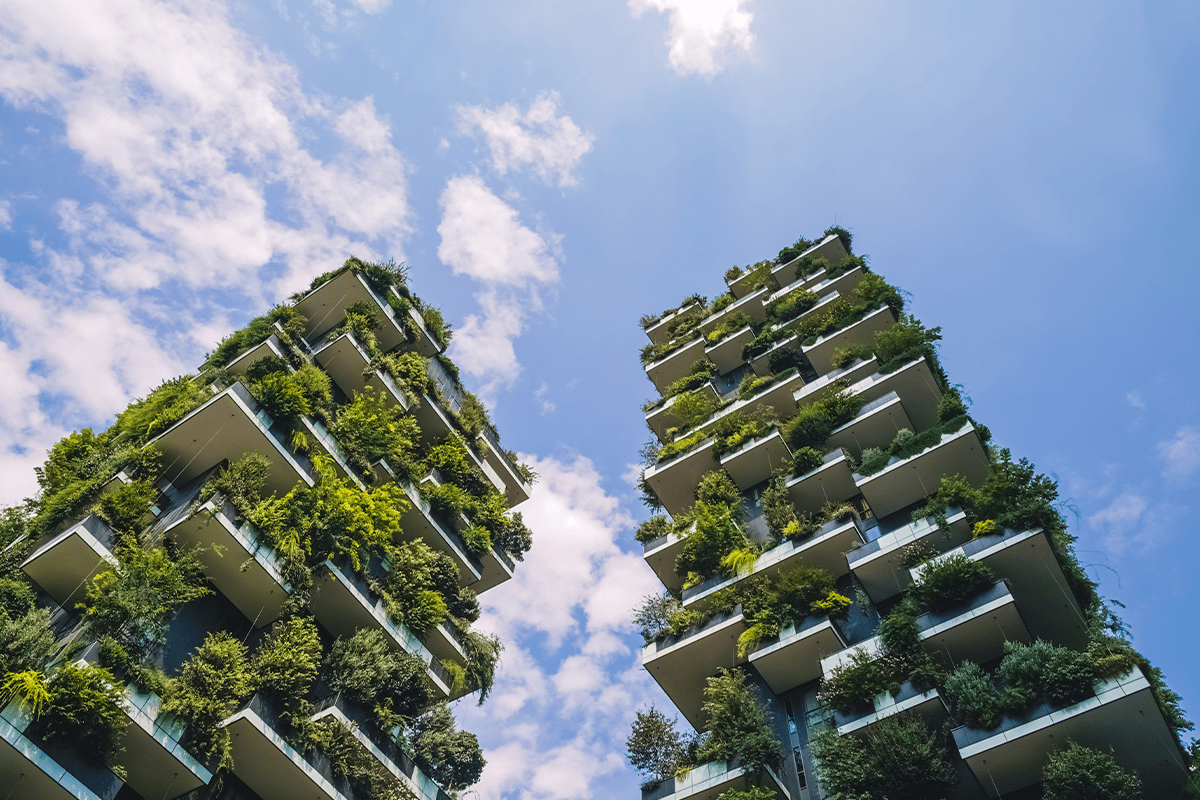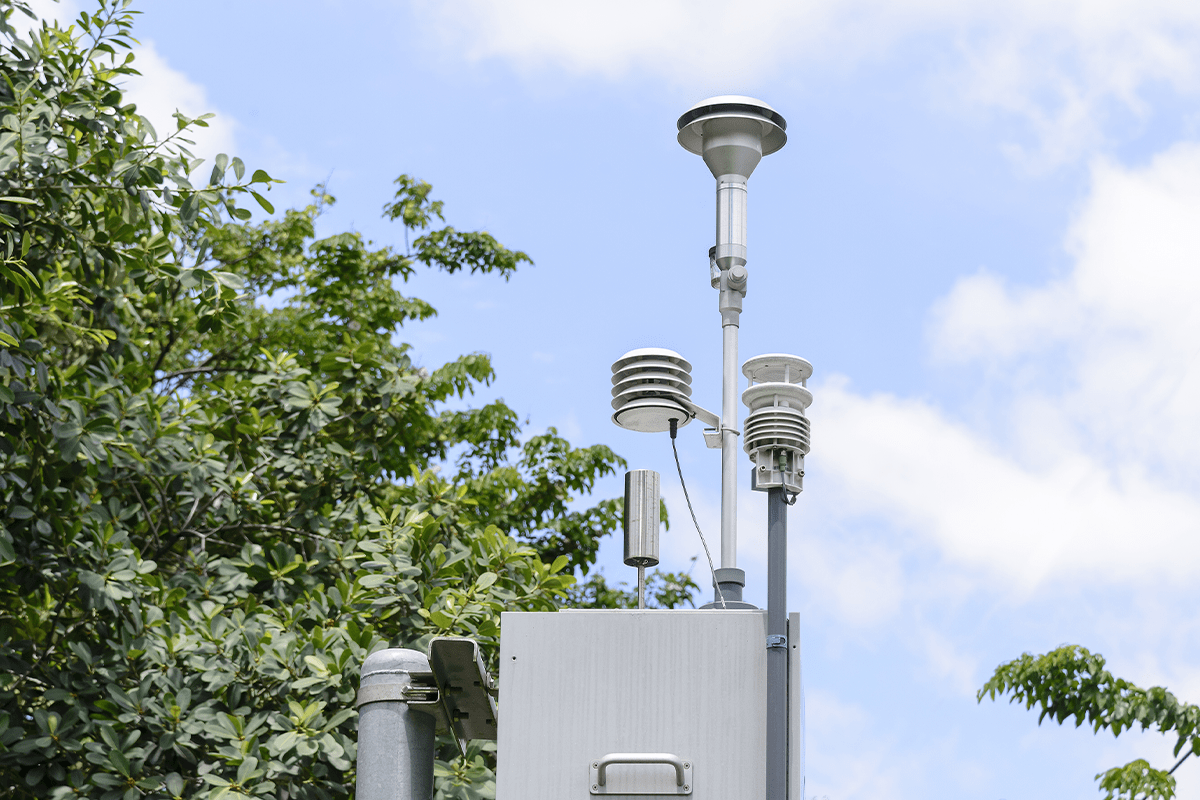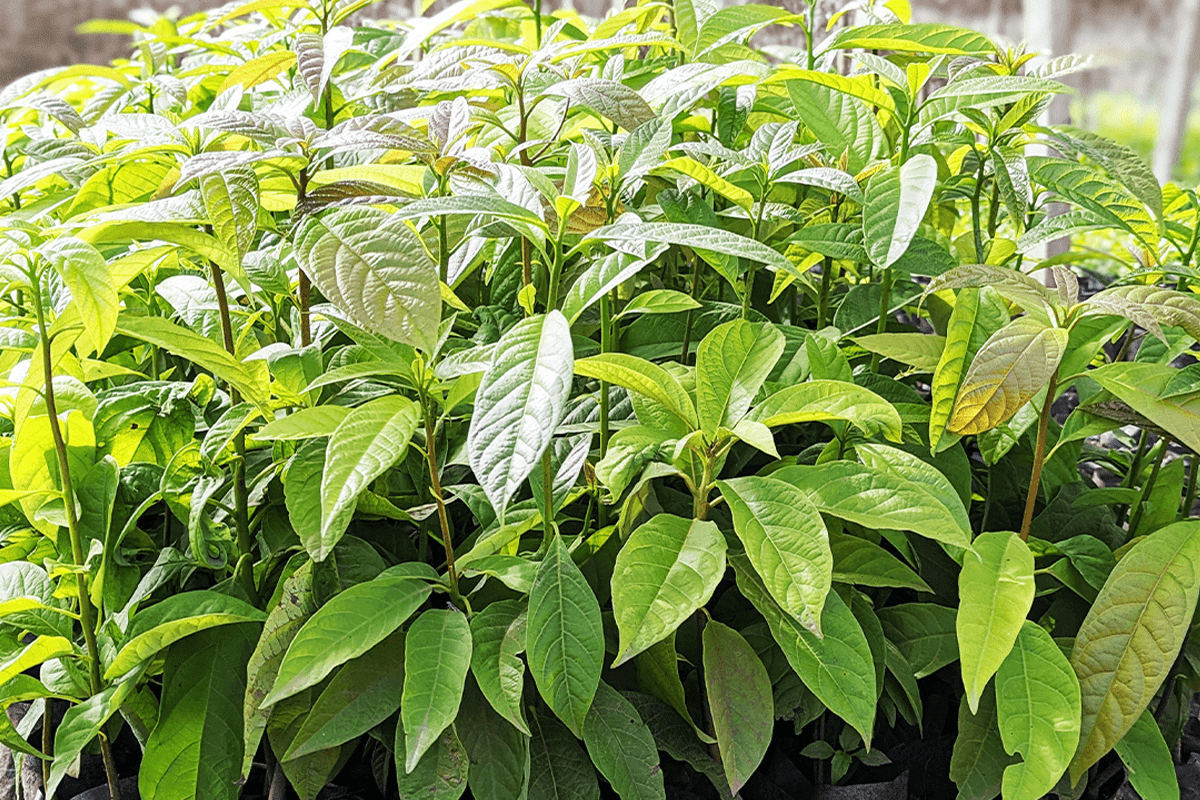Introduction
Air pollution is a significant problem globally, affecting people's and the environment's health. The World Health Organization (WHO) estimates that outdoor air pollution is responsible for over four million premature deaths each year. Indoor air pollution is also a major health concern, particularly in developing countries where cooking and heating are often done using traditional fuels like wood and charcoal.
The importance of clean air for human health and the environment cannot be overstated. This page explores the extent of air pollution globally, its causes, health and environmental impacts, monitoring and measuring techniques, and solutions to the problem.

Causes of air pollution
Natural causes
Natural sources of air pollution also contribute to the problem, albeit to a lesser extent than human activities. Dust storms, wildfires, and volcanic eruptions can release large amounts of particulate matter and gases into the air, which can cause health and environmental problems.
Societal causes
Human activities are the primary contributors to air pollution globally. These activities include transportation, industrial processes, and the burning of fossil fuels. The transportation sector is a significant contributor to air pollution, particularly in urban areas with high traffic volumes. Cars, trucks, and other vehicles emit harmful pollutants such as carbon monoxide, nitrogen oxides, and particulate matter. Industrial processes also contribute significantly to air pollution, with factories emitting pollutants like sulphur dioxide, nitrogen oxides, and volatile organic compounds.
The burning of fossil fuels is another major contributor to air pollution. Fossil fuels like coal, oil, and gas are burned to generate electricity and power transportation, emitting harmful pollutants like carbon dioxide, sulphur dioxide, and nitrogen oxides.

Bosco Verticale (Vertical Forest). Residential skyscrapers in the Porta Nuova district of Milan, Italy.
Overall, the causes of air pollution are complex, and a multifaceted approach is necessary to address the problem effectively. Reducing emissions from transportation, industry, and energy production through the use of cleaner technologies and alternative energy sources is crucial. Additionally, policies and regulations can help reduce emissions by setting standards for pollutants and promoting sustainable practices.
Integrate trees into your business
We can help your company become more sustainable by integrating trees into your business.
Health impacts of air pollution
Respiratory effects
Air pollution has severe health impacts, with both short-term and long-term effects on human health. Exposure to high levels of air pollution can cause respiratory diseases and conditions, including asthma, bronchitis, and emphysema. These conditions can lead to reduced lung function, coughing, and shortness of breath. The fine particulate matter present in polluted air can penetrate deep into the lungs and cause inflammation, leading to serious health problems. The air pollutants ammonia (NH3), non-methane volatile organic compounds (NMVOCs), nitrogen oxides (NOX), fine particulate matter (PM), and sulphur oxides (SOX) damage human health and the environment.
The WHO estimates nine out of ten people worldwide breathe polluted air. This produces millions of preventable illnesses and deaths. The effects of ambient air pollution combined with household air pollution (caused mainly by open-fire cooking/inefficient stoves) result in an estimated 6.7 million premature deaths annually. Household air pollution might not be a common factor for well-equipped urban homes. But, one-third of the global population (about 2.6 billion people) still rely on wood and other fuels for household cooking, which significantly affects the health of such households.
Heart disease
Air pollution is also linked to cardiovascular diseases, including heart attacks, strokes, and hypertension. Exposure to air pollution can cause damage to blood vessels and increase the risk of blood clots, leading to heart disease and other cardiovascular problems. Long-term exposure to air pollution can also cause neurological damage, including cognitive decline and memory loss. Air pollution is associated with an increased cancer risk, particularly lung cancer. Exposure to air pollutants such as benzene, formaldehyde, and polycyclic aromatic hydrocarbons (PAHs) is linked to cancer development. The International Agency for Research on Cancer (IARC) has classified outdoor air pollution as a Group 1 carcinogen, meaning it is carcinogenic (has the potential to cause cancer) to humans.

People riding bicycles in the city.
Environmental impacts of air pollution
Ecosystem damage
The health impacts of air pollution are not limited to humans alone. Animals and other organisms can also be affected by polluted air, leading to reduced biodiversity and ecosystem imbalance. Air pollution harms crops and other vegetation, leading to reduced agricultural yields and food insecurity. Air pollution has a wide range of negative impacts on the environment, including damage to ecosystems, acid rain, ozone depletion, and environmental instability. It also harms the environment and hampers the economy in many ways. Research supports that trees are a viable strategy to help reduce urban pollution levels.
eBook: The power of trees
Air pollution can significantly affect ecosystems, with both direct and indirect impacts. Direct impacts include damage to vegetation and soil due to the deposition of pollutants, while indirect impacts include the effects of pollutants on the food chain, leading to a reduction in biodiversity. Pollutants like nitrogen and sulphur oxides can cause acidification of soil and water bodies, leading to the death of aquatic organisms and other wildlife.
Atmospheric effects
Acid rain is another significant environmental impact of air pollution. When pollutants like sulphur dioxide and nitrogen oxides are released into the air, they can react with other chemicals to form acids that fall back to the ground as acid rain. Acid rain can have serious environmental impacts, including damage to buildings, forests, and crops, as well as harm to aquatic life in lakes and rivers.
Read more: Why are tropical rainforests important?
Ozone depletion is another environmental impact of air pollution. Ozone in the Earth's atmosphere protects the planet from harmful ultraviolet (UV) radiation from the sun. However, certain chemicals released into the atmosphere, such as chlorofluorocarbons (CFCs), can destroy ozone molecules, leading to the depletion of the ozone layer. This depletion can have significant environmental impacts, including increased UV radiation that can harm human health and lead to damage to crops and other vegetation.
Environmental instability is another environmental impact of air pollution. Greenhouse gases like carbon dioxide, methane, and nitrous oxide contribute to changing environmental conditions by trapping heat in the Earth's atmosphere. Air pollution can contribute to changing environmental conditions by releasing large amounts of these gases into the atmosphere, which can lead to more frequent and severe weather events, rising sea levels, and other environmental-related problems.

Young bear in the forest river.
Monitoring and measuring air pollution
Monitoring
There are different data collection methods for air pollution monitoring, including passive and active sampling methods. Passive sampling methods rely on the natural diffusion of pollutants into a sampling device, while active methods involve using pumps to draw air into the sampling device. Additionally, remote sensing technologies, such as satellite imagery, are also used to monitor air pollution from a distance. Effective monitoring and measuring of air pollution are essential for developing and implementing strategies to combat this global issue. In this section, we will discuss air quality monitoring stations, data collection methods, types of air pollutants measured, and national and international air quality standards and guidelines.
Air quality monitoring stations are facilities set up to measure the level of air pollutants in the atmosphere. They collect data on different types of pollutants, including particulate matter, nitrogen dioxide, ozone, sulphur dioxide, and carbon monoxide. Data is continuously collected using various instruments, such as samplers, gas analysers, and meteorological equipment.
Measuring
Types of air pollutants measured and their sources vary depending on the location and the surrounding environment. For instance, in urban areas, pollutants mainly come from transportation, industrial processes, and energy production. In contrast, in rural areas, pollutants come from sources such as agriculture and natural phenomena such as wildfires and dust storms.
National and international air quality standards and guidelines are implemented to protect public health and the environment. These guidelines set limits for the levels of air pollutants that can be present in the air to ensure that they do not pose a significant threat to human health or the environment. For instance, in the United States, the Environmental Protection Agency (EPA) sets air quality standards for six major pollutants: particulate matter, nitrogen dioxide, ozone, sulphur dioxide, carbon monoxide, and lead. Similarly, the WHO sets global air-quality guidelines for different air pollutants.

A pollution detector station in a park.
Solutions to air pollution
Technology
Technological solutions are vital in reducing air pollution levels. Renewable energy technologies, such as wind, solar, and hydropower, can replace fossil fuels, the primary source of air pollution. Additionally, electric vehicles can replace gasoline and diesel vehicles, reducing emissions from transportation. Advanced air filtration technologies can also help reduce the number of pollutants in indoor environments.
Policy
Policies and regulations aimed at reducing emissions are also essential solutions to air pollution. Carbon pricing, such as carbon taxes or emissions trading schemes, can incentivise companies to reduce their emissions. Emissions standards can require companies to reduce their emissions to a specific level. Governments can also regulate the types of fuels used by vehicles and equipment to reduce emissions.
Read more: Small, isolated wetlands are pollution-catching powerhouses
Individual responsibility
Lifestyle changes can also contribute to reducing air pollution levels. Reducing car usage by using public transport, cycling, or walking can significantly reduce emissions from transportation. Energy conservation measures, such as reducing electricity usage, can also help reduce emissions from power generation.
Let us inform you
We will keep you updated on all the latest news.
The future of clean air
Over the past few decades, significant progress has been made in reducing air pollution levels in many parts of the world, and this progress should be celebrated. The European Environment Agency (EEA) has made significant progress towards reducing air pollution since 2005. While challenges remain in combating air pollution, it is essential to focus on the positive actions that are being taken to improve air quality. Renewable energies have made significant strides in recent years, offering cleaner and more sustainable alternatives to fossil fuels.
These technologies have the potential to transform the way we generate and consume energy, reducing emissions and improving air quality. Additionally, policies and regulations aimed at reducing emissions from transportation and industry are being implemented in many countries. There is growing awareness of the importance of clean air for human health and the environment.
Read more: Powering AI responsibly: the role of carbon compensation
Our projects
We develop large-scale, impactful projects.
How can trees clean the air
Trees can help people get rid of air pollution. It can protect people against diseases such as asthma, allergies, and other respiratory disorders. Trees—our air-cleaning machines—improve air quality in several ways. In addition to absorbing excess carbon dioxide, trees intercept airborne pollutant particles, some of which are absorbed, but most are retained on the tree surface.
Read more: Breathe easy: How trees are nature's air-cleaning machines
The removal of gaseous air pollution and toxic chemicals occurs primarily through trees’ stomata or ‘pores’. Pollution, such as ozone, sulphur, and nitrogen dioxide, are removed through leaf stomata. Once inside the leaf, adsorbed gases are diffused. The particles retained on the tree surface are often washed off by rain or drop to the ground when leaves and twigs fall.

Tree seedlings - Greenzone Afforestation Project, Cameroon, DGB.
How DGB Group contributes to cleaner air for a healthier future
At DGB, we preserve and restore nature by planting millions of trees yearly. With our tree-planting programme, you can start with a handful of seedlings and contribute to a greener future. Planting a tree is a valuable step. However, the true impact comes from consistent and professional care as the tree grows. We want to make impactful tree planting easy and accessible for everyone. As trees and forests optimise air quality by directly removing air pollutants, we can increase the removal of these pollutants from the atmosphere by simply increasing tree coverage.
Read more: From the ground up to space: seeing DGB’s impact in Uganda







